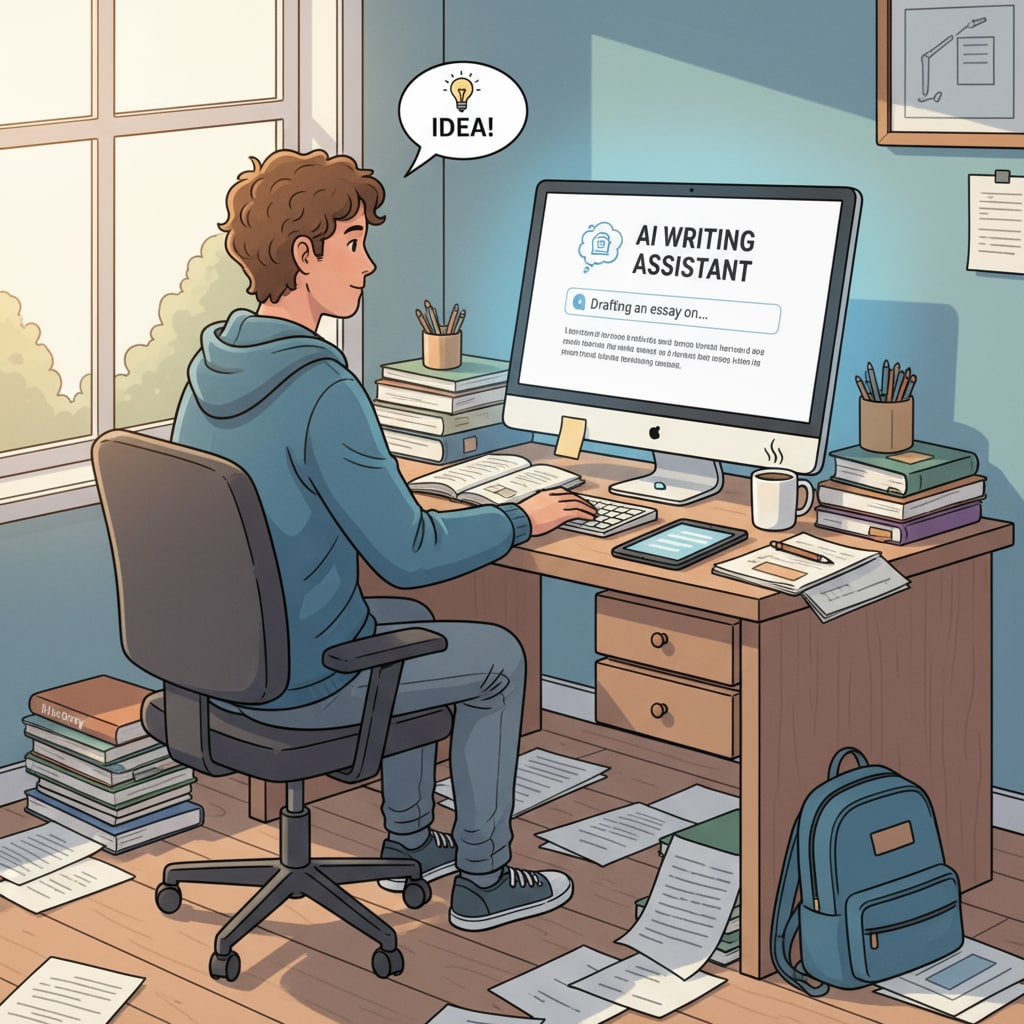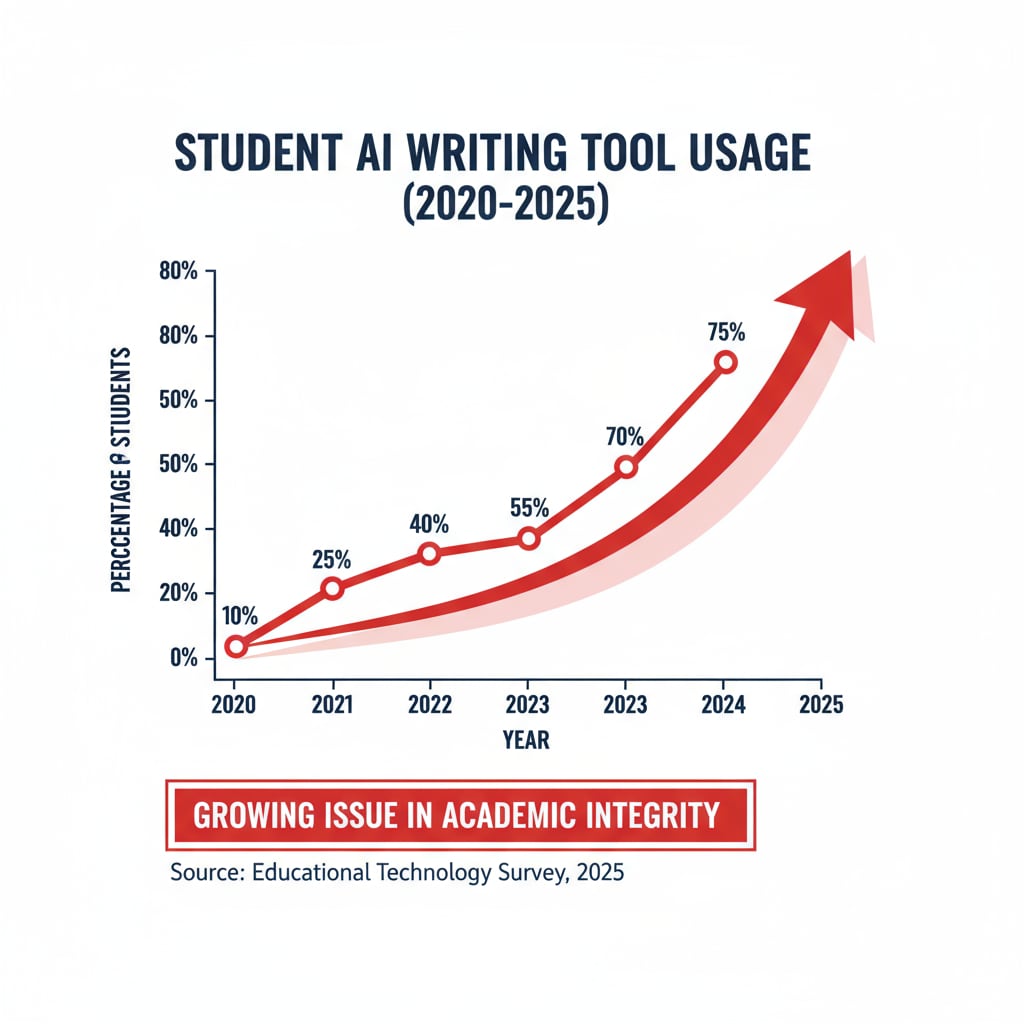In the age of artificial intelligence, the issues of student writing, assignment authenticity, and educational objectives are intertwined and pose significant challenges to the education system. As AI technology continues to penetrate the educational field, educators are grappling with the question of how to maintain the integrity of student work while leveraging the benefits of these new tools.

The Rise of AI in Student Writing
The development of AI has led to the emergence of powerful writing tools that can generate essays, reports, and other written assignments with remarkable speed and quality. For example, some AI writing platforms can analyze a given topic, conduct research, and produce well-structured texts within minutes. This has made it easier for students to complete their assignments, but it also raises serious concerns about the authenticity of their work. According to Artificial intelligence in education on Wikipedia, the use of AI in student writing has become a widespread phenomenon, with many students turning to these tools to meet assignment deadlines or achieve better grades.

The Threat to Assignment Authenticity
The use of AI in student writing undermines the authenticity of assignments. When students rely on AI to complete their work, they are not truly demonstrating their own knowledge, skills, and understanding. This not only devalues the educational experience but also makes it difficult for educators to accurately assess students’ learning progress. In addition, it creates an unfair advantage for those who use AI, as they may receive higher grades without putting in the necessary effort. As a result, the integrity of the education system is at stake. Education on Britannica emphasizes the importance of maintaining authenticity in educational assessments.
To address this issue, educators need to find ways to detect and prevent the use of AI in student writing. This may involve using specialized software that can identify patterns and characteristics of AI-generated text. However, this is not a foolproof solution, as AI technology is constantly evolving, and it can be difficult to keep up with the latest developments.
Rethinking Educational Objectives
In light of the challenges posed by AI in student writing, it is necessary to rethink educational objectives. Traditional methods of assessment, such as written assignments, may no longer be sufficient to measure students’ true learning. Instead, educators should focus on developing students’ critical thinking, problem-solving, and creativity skills. These are the skills that are most valuable in the digital age and cannot be easily replicated by AI.
For example, educators can design assignments that require students to engage in real-world projects, collaborate with their peers, and present their findings. By doing so, students will be able to demonstrate their understanding of the subject matter in a more authentic and meaningful way. In addition, educators can use a variety of assessment methods, such as oral presentations, group discussions, and hands-on activities, to provide a more comprehensive evaluation of students’ learning.
Readability guidance: As we have seen, the use of AI in student writing has significant implications for assignment authenticity and educational objectives. Educators need to adapt to these changes and find new ways to ensure that students are truly learning and developing the skills they need to succeed in the digital age. By rethinking educational objectives and assessment methods, we can create a more robust and meaningful education system that prepares students for the challenges of the future.


